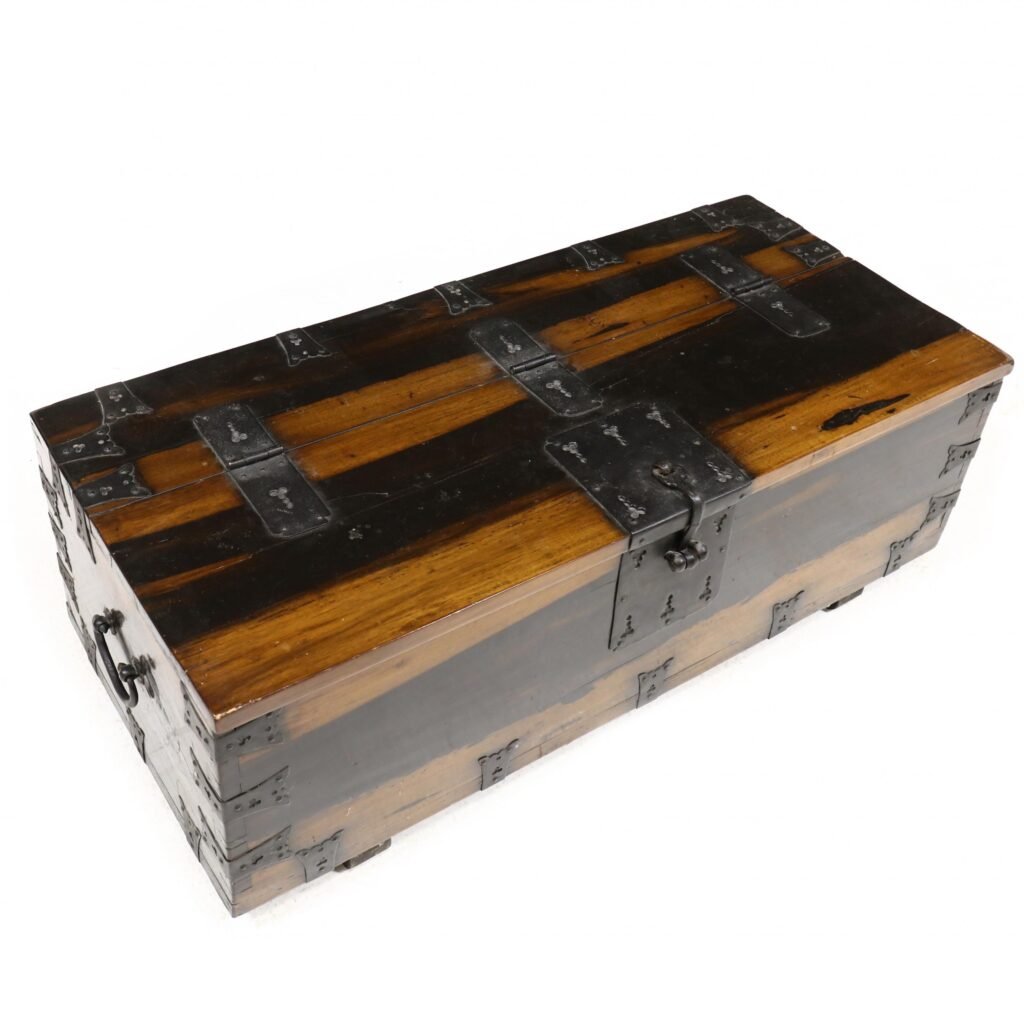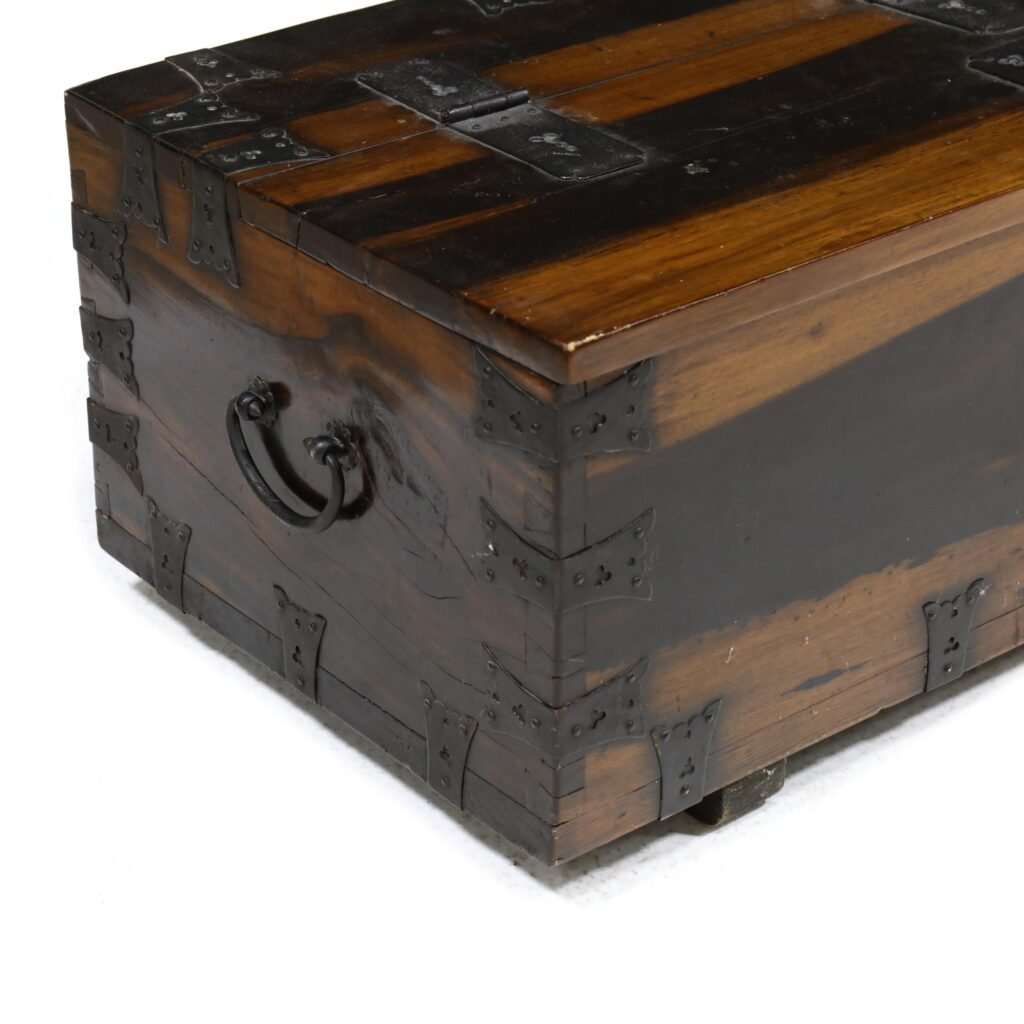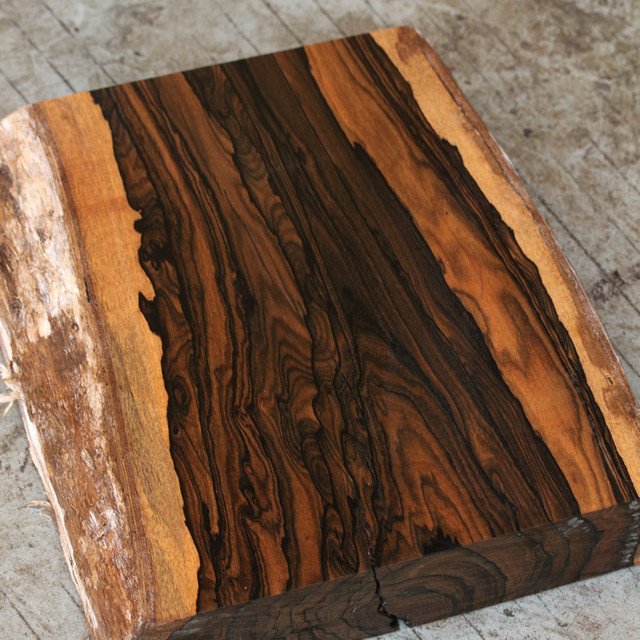Persimmon wood called 감나무 “Kam Namu” in Korean belong to the family “Diospyros kaki”. https://en.wikipedia.org/wiki/Diospyros_kaki
Originating in Eastern Asia, as evidenced by its presence in Chinese culture as early as several centuries B.C., the persimmon made its way to Japan in the seventh century and to Korea in the fourteenth century.
While persimmon trees belong to the same genus as ebony trees and are sometimes referred to as “white ebony,” their grain is straight.
Persimmon tree wood has limited utility in the manufacture of items that require hard wood. It is hard, but prone to cracking and somewhat challenging to process. This wood is primarily used for paneling in traditional Korean and Japanese furniture, making chests entirely crafted from persimmon wood a rarity. Additionally, persimmon wood tends to be relatively expensive.
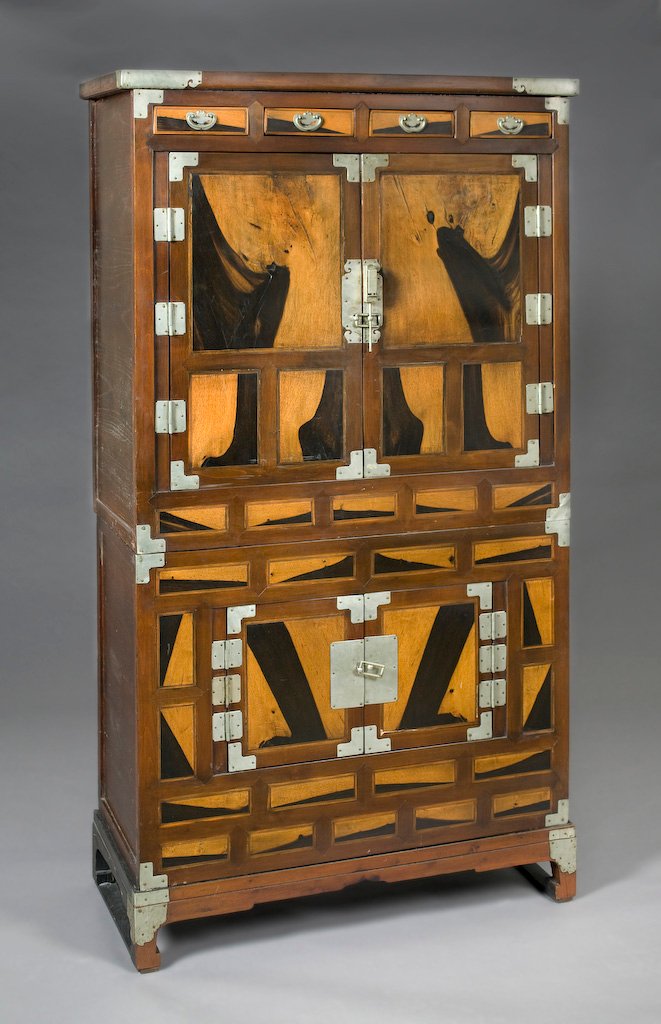
Similar to some other plants within the genus “Diospyros,” older persimmon heartwood is black or dark brown in color, which sharply contrasts with the sapwood and younger heartwood, which are pale in color. Since the majority of the persimmon tree consists of sapwood, it is considered perishable and susceptible to insect infestations. The persimmon is a fruit tree that produces the kaki fruit.
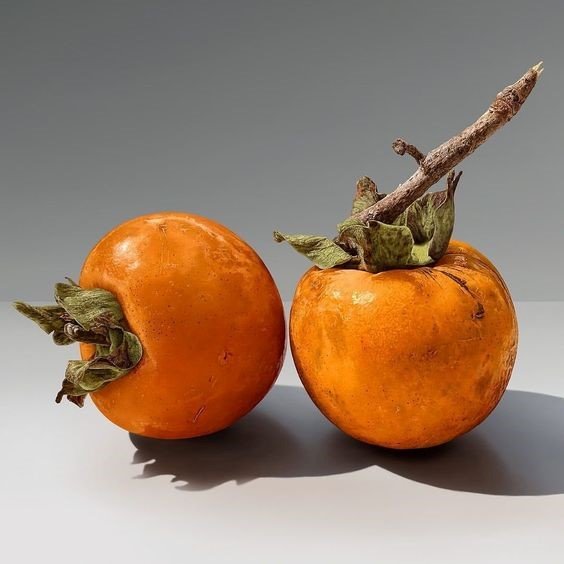
Common utilization of persimmon wood on the front of a “Nong“.
Due to the unique two colors characteristics of this wood, persimmon wood was often use to create mirror image. The patterns on each side of the central red line are exact opposites.


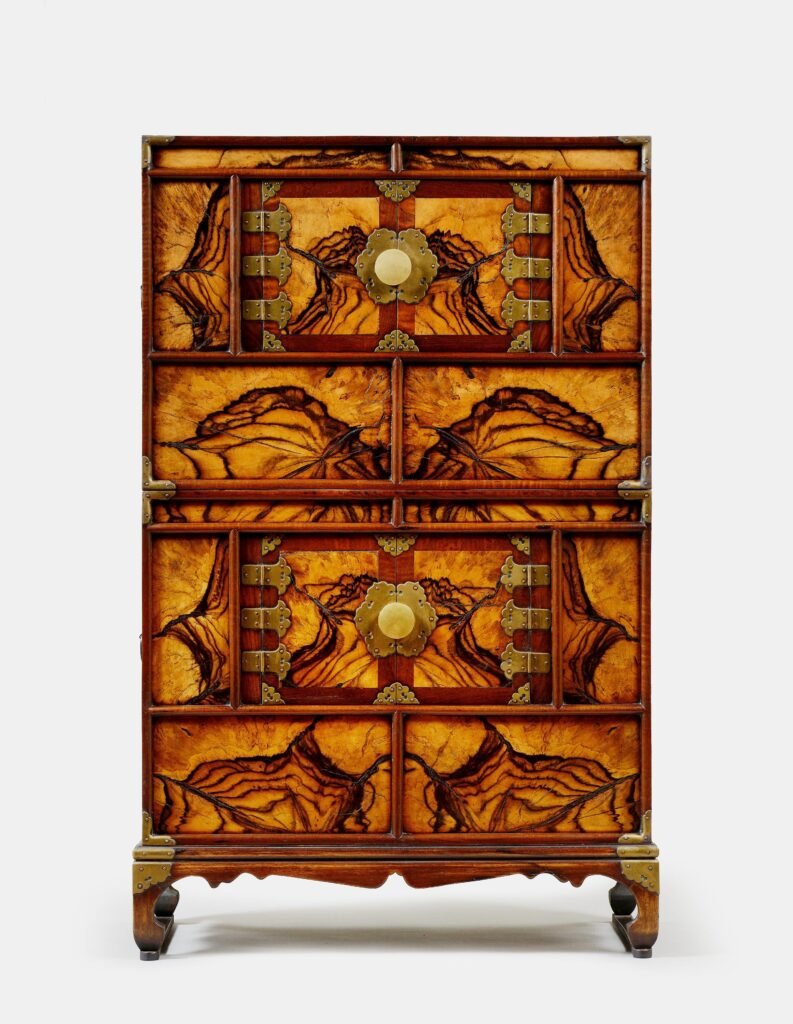
Persimmon wood. Yellow brass fittings.
Late 19th c to early 20th century.
Height 128cm, length 79,3cm, width 41cm.
Collection: Daegu University Central Museum. Korea.
CONTEMPORARY FURNITURE MADE OF PERSIMMON WOOD.

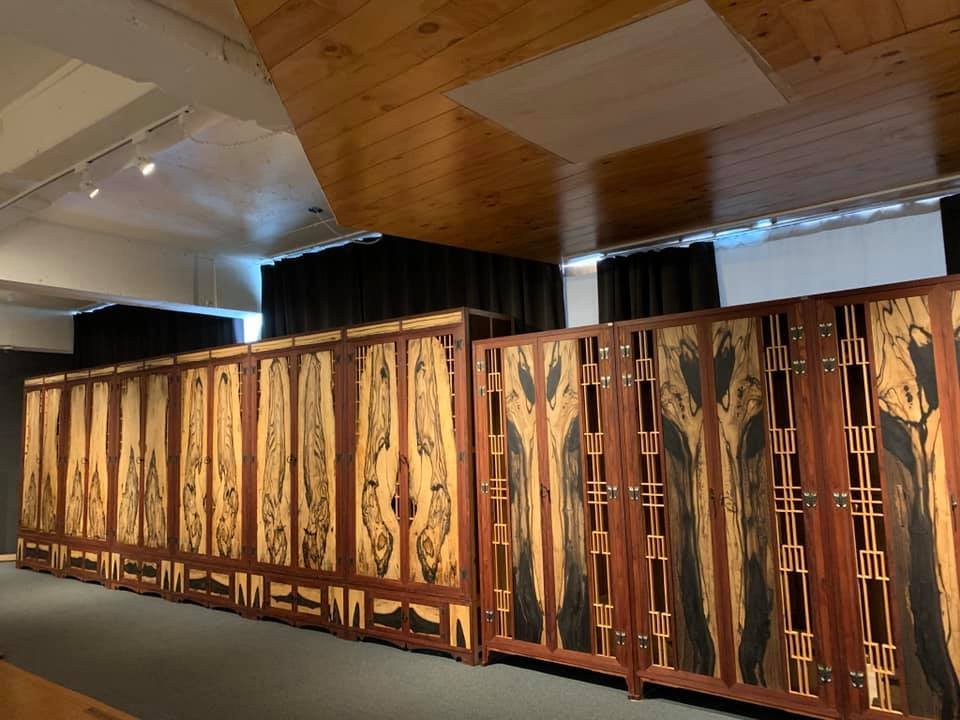
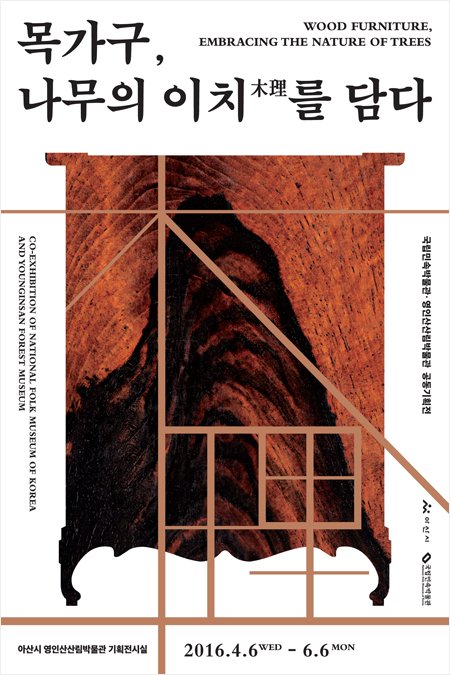

FURNITURE MADE OF PERSIMMON.
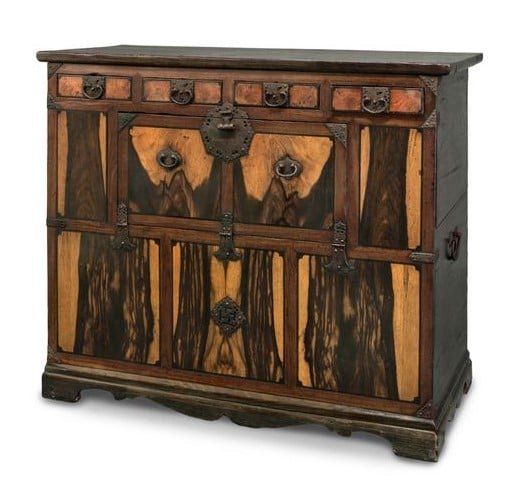
Persimmon wood, iron fittings.
H. 95cm, W. 111cm, D. 50cm.


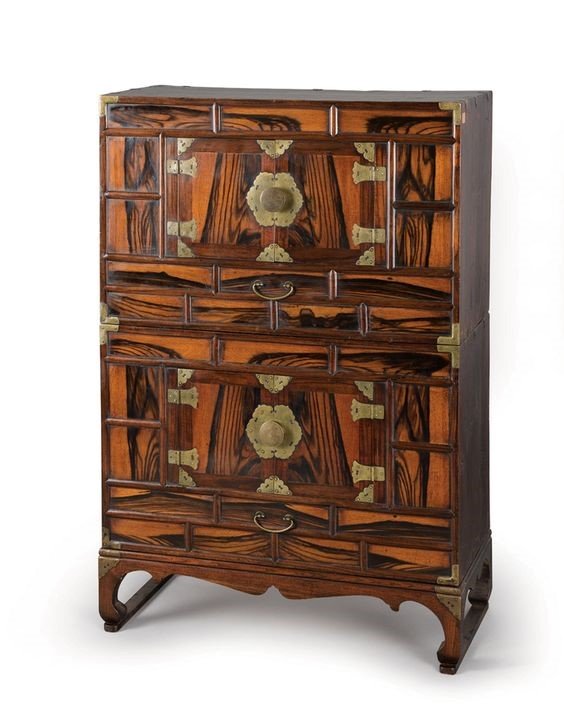
Pine frame and persimmon wood panels. Auction, Seoul, Korea.
NOTE:
Chests constructed entirely from persimmon wood are rare. To the best of our knowledge, there are very few such pieces, with one located in Seoul and another on display at the Weisman Art Museum in Minneapolis (featured in the photo on the right below).
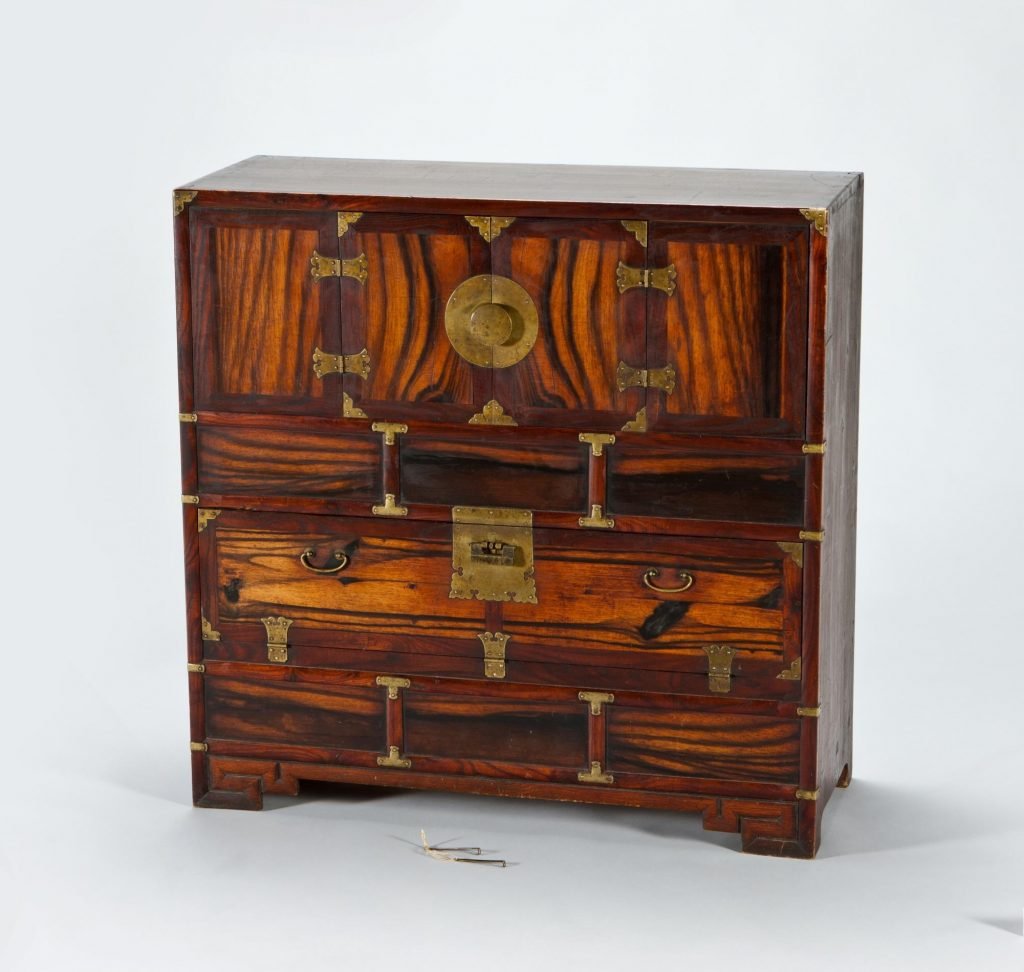

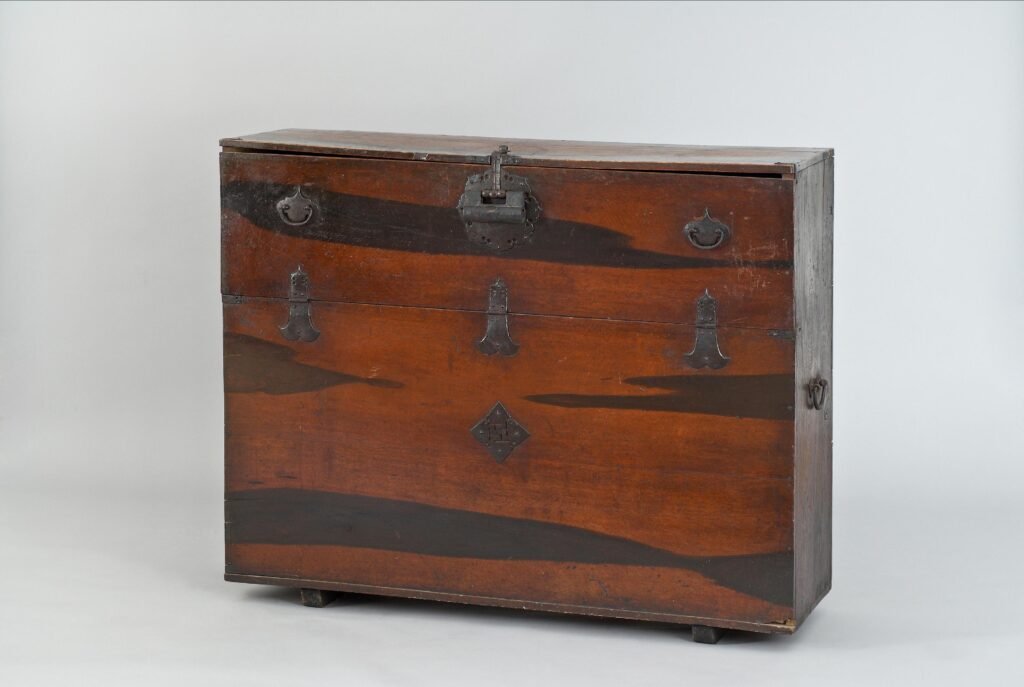
Collection: Kyungwoon Museum, Gyeongsang Do province.
Hereunder photo of a coin chest made of persimmon wood veneer presented for auction in the States in 2023.

